News
Jeff Goodman Interviews author Richard Hyman
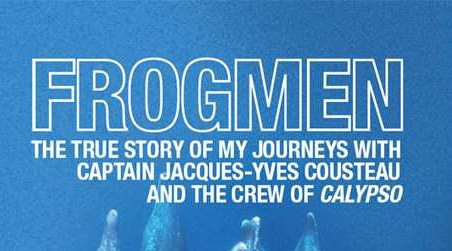
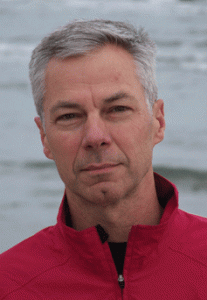 On the front page of author Richard Hyman’s website it reads:
On the front page of author Richard Hyman’s website it reads:
In his personal account of SCUBA diving with Jacques Cousteau, Richard Hyman takes us behind the scenes with Cousteau’s diving team, inside the legendary ship Calypso, and under the sea to some of the world’s most breathtaking underwater SCUBA diving locations. Frogmen is an inspiring adventure that pays homage to one of the greatest explorers and visionaries of all time, Captain Jacques Cousteau.
Cousteau was a childhood hero of mine. His TV programmes enthralled me through my younger years and teens. His adventures aboard the legendary ship Calypso were an inspiration which finally led me to become an underwater cameraman and film maker. I always wondered what it would have been like to be part of his crew, exploring the oceans of the world, testing new technologies… a life of true adventure.
I asked Richard what inspired him to write Frogmen.
 Richard: I really wanted to tell my story. For years I talked about writing the book. Then one day my wife took my journals and typed them all up for me. That was very kind of her. That was the spark. By the way, without the journals, there’s no way I could have written the book. I was busy with my career and my family. It actually took ten years to write it.
Richard: I really wanted to tell my story. For years I talked about writing the book. Then one day my wife took my journals and typed them all up for me. That was very kind of her. That was the spark. By the way, without the journals, there’s no way I could have written the book. I was busy with my career and my family. It actually took ten years to write it.
Three things inspired me. First I wanted to do my little part to try and keep Captain Cousteau’s legacy alive, particularly with the younger generations. Second, I wanted to keep his important environmental messages alive. Finally, I wanted to inspire people of all ages to have their own adventure. Not everybody gets to work with Jacques Cousteau on Calypso, but when that once in a lifetime opportunity comes along, just do it.
Jeff: How old were you when you joined Cousteau’s team and how did it come about?
Richard: I had just turned 18 years old. I’d just graduated from High School. My father, Fred Hyman, was heading to Los Angeles for a business meeting with Captain Cousteau. Dad asked if I’d like to come along. I said yes.
That July we flew from New York to L.A. Jacques Cousteau and his son Philippe picked us up at LAX and we drove to the Cousteau office.
Dad was actually Cousteau’s business partner. He’d been recruited to come in and turn things around. The business was in trouble and Dad saved it.
 One of the great things that came out of their collaboration was The Cousteau Society. Dad was a co-founder, along with Jacques, Philippe and Jean-Michel Cousteau.
One of the great things that came out of their collaboration was The Cousteau Society. Dad was a co-founder, along with Jacques, Philippe and Jean-Michel Cousteau.
As Dad had his meeting, I checked out the amazing photographs on the walls and on a large lighted table for sorting slides.
After work we went to Philippe’s house. Dad and I were staying with Philippe. Philippe actually gave me my first SCUBA lesson right there in his pool overlooking a beautiful view of the L.A. area.
At dinner that night Jacques asked me if I’d like to drive a truck for them, from L.A. to Saskatchewan. It was going to be a rare land-based expedition. I had no idea where Saskatchewan was and it was way before smartphones and the Internet. I was intrigued though and quickly said yes.
Jeff: Were you a keen diver before working with Cousteau?
Richard: No. I always loved the sea and was a strong swimmer, but never a diver.
 I started my work as a truck driver. I also knew some carpentry, so when we got to our destination of Foster Lake I worked with three Cree Native Americans to build a cabin for the Cousteau team to winter in. That’s where the team stayed to make the film Beavers of the North Country.
I started my work as a truck driver. I also knew some carpentry, so when we got to our destination of Foster Lake I worked with three Cree Native Americans to build a cabin for the Cousteau team to winter in. That’s where the team stayed to make the film Beavers of the North Country.
In late August I had to leave for my freshman year of college and feared I’d never have another chance for this kind of adventure.
Fortunately I had the opportunity to join Calypso a year and a half later. That was as a deck hand, the lowest rung on the totem pole. It was extremely hard work. Talk about 24/7!
That’s when I knew I wanted to become a diver and photographer. After the expedition I trained for that and subsequently advanced into that role. By the way, Calypso divers are also navigators. So you’re still pretty much 24/7.
Jeff: Diving takes people in many different ways. Some love the dangers of wrecks and the technology to dive deeper, while others are simply enthralled by the incredible marine life they can encounter. What attracted you to scuba diving?
 Richard: Well, I love water. I love the sea, being out to sea, and the life under the sea. I’m very interested in protecting the oceans and the creatures that rely on it. So to be a part of seeing and documenting the beauty, and to participate in creative adventurous educational storytelling, that’s what attracted me.
Richard: Well, I love water. I love the sea, being out to sea, and the life under the sea. I’m very interested in protecting the oceans and the creatures that rely on it. So to be a part of seeing and documenting the beauty, and to participate in creative adventurous educational storytelling, that’s what attracted me.
Jeff: When you became a member of the Calypso crew was it all you imagined and hoped it would be?
Richard: I don’t think I had expectations. I was pretty naïve, I just dove into the whole thing.
I certainly didn’t imagine what was actually the most intriguing aspect of the whole experience, the social element. Although the crew was primarily French, which would have been interesting enough, we had various other nationalities, including a Russian and a few Iranians, which contributed to the variety of religions, languages, diets, habits and attitudes. Particularly at such an impressionable age, 18-24, this was very impactful and not expected.
I don’t know if you have ever seen Calypso but if you saw it I think you’d be amazed at how small it is, only 139 feet long with a 25-foot beam. A flat bottomed, slow moving – top speed 11 knots, U.S.-built World War II wooden minesweeper, which slept 27. I probably didn’t expect that, or all the issues we had with the engines.
Nor did I expect the lovely Madame Simone Cousteau. Her nickname, La Bergere, means the Shepherdess. She was the real Captain. She’d mother us, discipline us, cut our hair and generally keep everybody in line.
 Jeff: I started diving in the late seventies and have witnessed the oceans become ever more overfished and polluted as each year passes. Has this affected you in any way?
Jeff: I started diving in the late seventies and have witnessed the oceans become ever more overfished and polluted as each year passes. Has this affected you in any way?
Richard: Well, sure. It concerns me, terribly. It struck me hard a few years back when I was diving some shallow reefs and they were dead. The people I was with didn’t even realize it. They’d see a beautiful fish and think everything was normal, but it wasn’t. The abundance of fish was gone and the coral was dead. Reefs and species are disappearing, forever.
I think the experience infected me, in a good way. At this point in my life I want to get more involved in some meaningful action and make a difference. That is my passion.
Jeff: How do you see the future of our seas? What should we be doing to protect and secure the future?
Richard: I’m no authority. There are incredibly talented well-educated people who can answer that far better than me. I do however think we’re in real trouble. Cousteau warned us, what 50 years ago? People continue to warn us and there are certainly some positive measures being taken. But there aren’t enough critical steps happening fast enough. Where do I start? Climate change, ocean acidification, pollution, ocean dumping, plastic, Fukushima, continued overfishing, shark finning, and the barbaric archaic slaughtering and capturing of whales and dolphins in the name of so-called false tradition and the almighty dollar, etc.
We’re already paying the price. If something doesn’t change, the ultimate price will jeopardize future generations and life on earth as we know it.
Jeff: Do you still dive?
Richard: I did not dive for many years. I was just too busy, burned out, spoiled by diving with the best on the best, and probably a little freaked out as the fellow who took my job on Calypso died on a dive.
I’m grateful to my new friend Bruce Cantrell who as I like to say “got me back in the water”. He invited me to join he and Jessica Fain during their successful attempt to live and work under the sea for 73 days in Jules’ Undersea Lodge. It’s the former La Chalupa Research Laboratory. I lived with them for 24 hours at about 30 feet deep. It was an amazing experience. Our webcast can be viewed here. My SCUBA blog entry about this experience can be viewed here.
I’d like to point out that after so many years away from diving, fortunately I did hire my friend Tim Thomas to give me a refresher. It was amazing how so much of it came right back to me. Tim familiarized me with the amazing new equipment, including the BC and the Octopus. Back in the day, BCs were inflated by a CO2 cartridge or your own breath. We didn’t have the Octopus, we’d buddy breath.
It was great to “get back in the water”.
Jeff: New technologies are ever advancing and constantly provide us with exiting new innovations in ways to explore the sea. Do you keep up to date with new possibilities or are you happy to simply don a basic scuba kit and enjoy being underwater?
Richard: I am now more knowledgeable about new technologies than I was a few years ago. I’ve learned a lot but I’ve only scratched the surface. It is incredible!
I get the opportunity to speak at dive conferences and other venues, which has been educational and intriguing. Of course during my time on Calypso the technology was primitive. And although Cousteau was the Chairman of U.S. Divers we typically didn’t use the state-of-the-art.
You’ll probably be amazed to know we didn’t use BCs. I was told, “leave your BC at home, we don’t use them”. Not a single BC on the ship. I didn’t wear a watch. Most of us didn’t have an air gauge. By the way, no spear guns on the ship either. Cousteau told me that at times he regretted co-inventing the Aqua-Lung due to the devastation that spearfishing had wrought.
Jeff: Can you recount one of your favourite times when you were with Cousteau?
Richard: Sure, there were two favourites.
First, when John Denver visited us in Belize. I didn’t even know who he was, which was a cool way to get to know him. He was already famous but I guess I was into different music. Anyway, John was a great man. He spent a lot of time with me when I was on the bridge on watch. I like to think I helped influence his writing of the song Calypso. We dove together and John gave us a wonderful concert on the deck of the ship. It made for a fun night and a great setting. John won an Emmy for the show, which featured the concert.
Second, diving on the wreck of the Civil War’s ironclad, the USS Monitor. That was off North Carolina. 230 feet on air! It was unbelievable. Unfortunately that expedition was cut short when we were hit by a freak storm. We were down to one of two engines, apparent sabotage, e.g. sugar in our fuel, so we had to retreat. There was not enough footage for television but making several dives was a favourite.
Jeff: TV has given us many undersea adventures and expeditions over the past ten to fifteen years and yet the Calypso seems to me to remain the most memorable and enduring. Would you agree? And if so, why do think that is?
Richard: I do think Calypso is a special ship. I credit Captain Cousteau. I think of Calypso as part of the brand. The ship, the videography, the music, the narration, the script, its all of that. That’s what made Calypso iconic.
You’re aware that she was accidentally rammed by a barge in Singapore in 1996 and sunk. Calypso was raised and eventually moved to France but the damage was done. It’s pretty well rotted away now and requires a total rebuild. To me that’s unrealistic.
Jeff: I can only imagine how working with the Coustau team must have taught you so many things about the world in which we live. If you could choose one thing, what would it be?
Richard: Take advantage of unforeseen opportunities. They may become a big part of your life.
Jeff: If there is one thing you hope readers of Frogmen will take from it, what would that be?
Richard: How about two things; inspiration and remembrance of Captain Cousteau?
Jeff: What’s your next project?
Richard: My Dad and I are writing a book about Cousteau. It will be great!
Jeff: Thanks Richard.
Frogmen is available now in soft cover & as an eBook.
For more information visit:
Gear News
Scubapro Free Octopus Promotion 2024
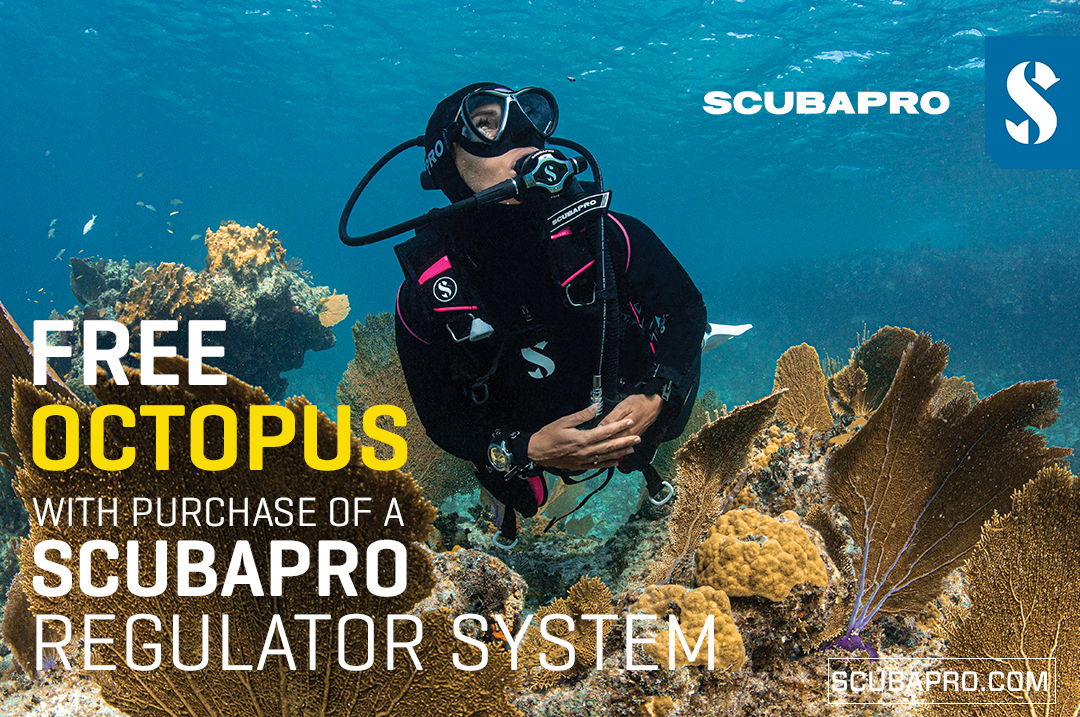
Free Octopus with every purchase of a SCUBAPRO regulator system
Just in time for the spring season, divers can save money with the FREE OCTOPUS SPRING PROMOTION! Until July 31st SCUBAPRO offers an Octopus for free
with every purchase of a regulator system!
Get a free S270 OCTOPUS with purchase of these combinations:
MK25 EVO or MK19 EVO with A700
MK25 EVO or MK19 EVO with S620Ti
MK25 EVO or MK19 EVO with D420
MK25 EVO Din mit S620Ti-X
Get a free R105 OCTOPUS with purchase of the following combinations:
MK25 EVO or MK19 EVO with G260
MK25 EVO or MK17 EVO with S600
SCUBAPRO offers a 30-year first owner warranty on all regulators, with a revision period of two years or 100 dives. All SCUBAPRO regulators are of course certified according to the new European test standard EN250-2014.
Available at participating SCUBAPRO dealers. Promotion may not be available in all regions. Find an authorized SCUBAPRO Dealer at scubapro.com.
More information available on www.scubapro.com.
Blogs
Northern Red Sea Reefs and Wrecks Trip Report, Part 3: The Mighty Thistlegorm

Jake Davies boards Ghazala Explorer for an unforgettable Red Sea diving experience…
Overnight, the wind picked up, making the planned morning dive a bit bumpy on the Zodiacs to the drop point on Thomas Reef. There, we would dive along the reef before descending through the canyon and then passing under the arch before ascending the wall with a gentle drift. The site provided great encounters with more pelagic species, including shoals of large barracuda, tuna, and bigeye trevally.
Once back on the boat, it was time to get everything tied down again as we would head back south. This time, with the wind behind us, heading to Ras Mohammed to dive Jackfish Alley for another great gentle drift wall dive before then heading up the coast towards the Gulf of Suez to moor up at the wreck of the Thistlegorm. This being the highlight wreck dive of the trip and for many onboard, including myself, it was the first time diving this iconic wreck. I had heard so much about the wreck from friends, and globally, this is a must on any diver’s list. Fortunately for us, there was only one other boat at the site, which was a rarity. A great briefing was delivered by Ahmed, who provided a detailed background about the wreck’s history along with all the required safety information as the currents and visibility at the site can be variable.
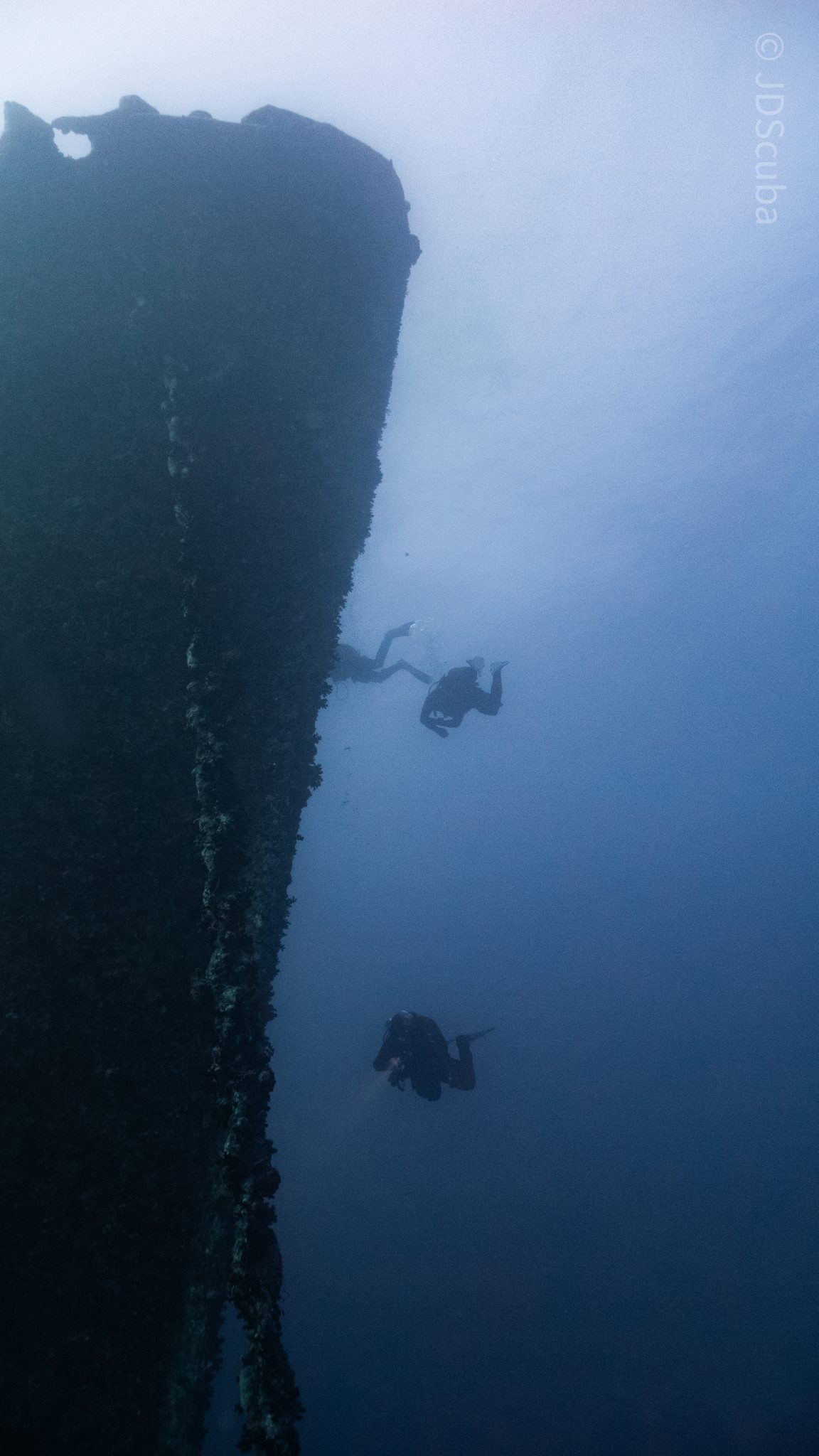
Kitting up, there was a lot of excitement on deck before entering the water and heading down the shoreline. Descending to the wreck, there was a light northerly current which reduced the visibility, making it feel more like the conditions that can be found off the Welsh coast. At 10m from the bottom, the outline of the wreck appeared as we reached the area of the wreck which had been bombed, as our mooring line was attached to part of the propeller shaft. Arriving on deck, instantly everywhere you looked there were many of the supplies which the ship was carrying, including Bren Carrier tanks and projectiles that instantly stood out.
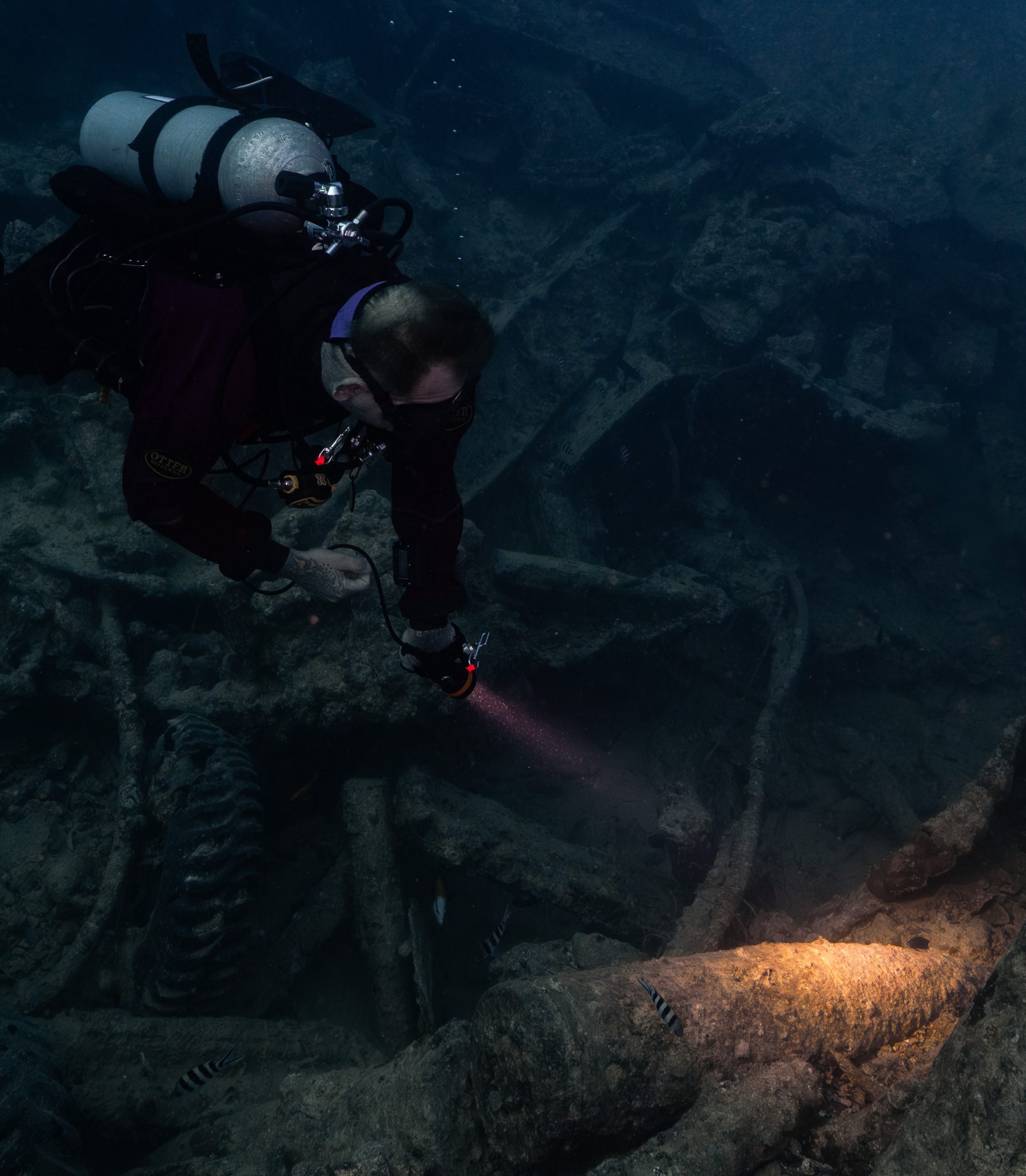
We headed around the exterior, taking a look at the large propeller and guns mounted on deck before entering the wreck on the port side to take a look in the holds. It was incredible to see all the trucks, Norton 16H, and BSA motorcycles still perfectly stacked within, providing a real snapshot in time.
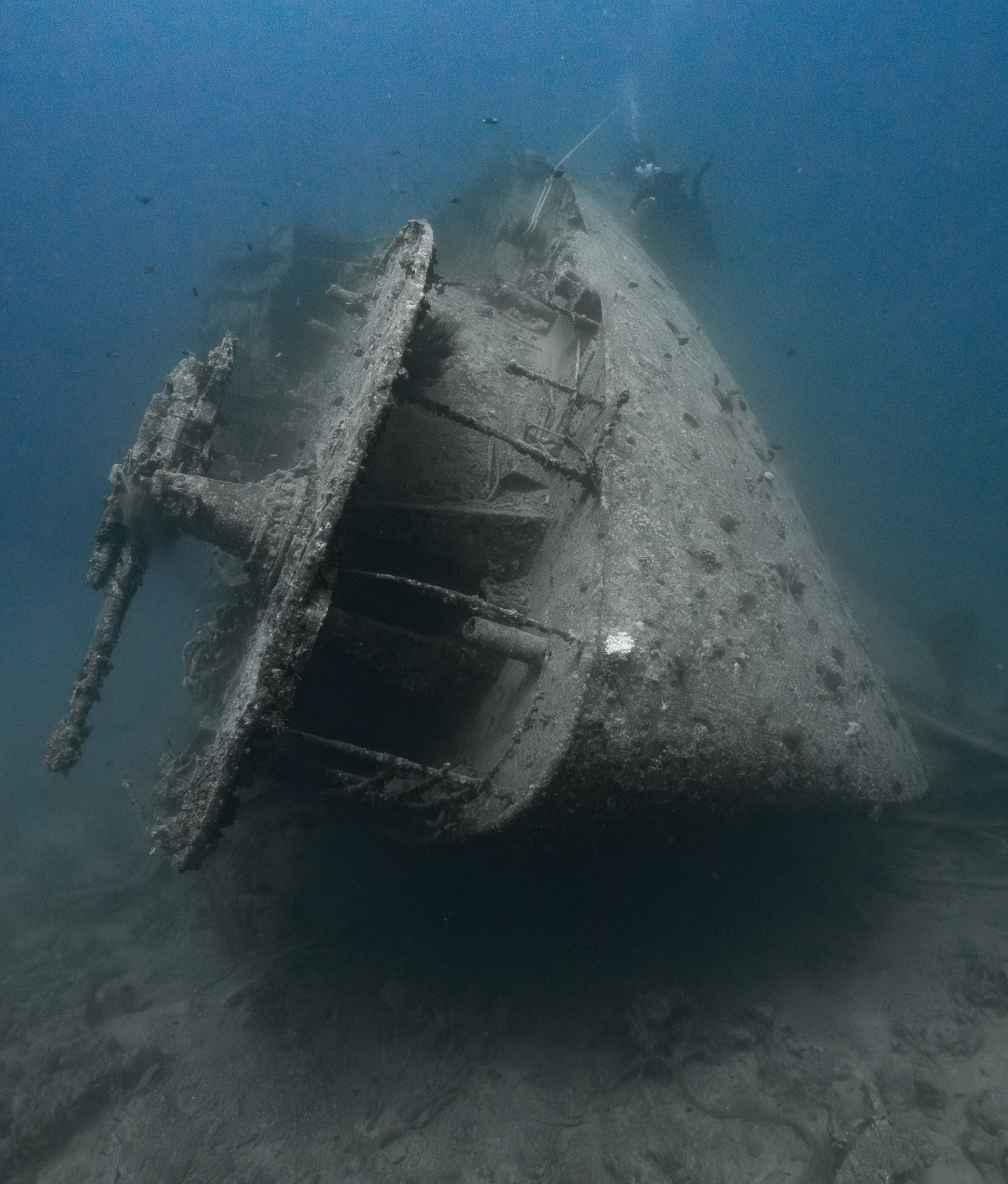
Overall, we had four dives on the Thistlegorm, where for all of the dives we were the only group in the water, and at times, there were just three of us on the whole wreck, which made it even more special, especially knowing that most days the wreck has hundreds of divers. Along with the history of the wreck, there was plenty of marine life on the wreck and around, from big green turtles to batfish, along with shoals of mackerel being hunted by trevally. Some unforgettable dives.

The final leg of the trip saw us cross back over the Suez Canal to the Gobal Islands where we planned to stay the night and do three dives at the Dolphin House for the potential of sharing the dive with dolphins. The site, which included a channel that was teeming with reef fish, especially large numbers of goatfish that swam in large shoals along the edge of the reef. These were nice relaxing dives to end the week. Unfortunately, the dolphins didn’t show up, which was okay as like all marine life they are difficult to predict and you can’t guarantee what’s going to be seen. With the last dive complete, we headed back to port for the final night where it was time to clean all the kit and pack before the departure flight the next day.

The whole week from start to finish on Ghazala Explorer was amazing; the boat had all the facilities you need for a comfortable week aboard. The crew were always there to help throughout the day and the chefs providing top quality food which was required after every dive. The itinerary providing some of the best diving with a nice mixture of wreck and reef dives. I would recommend the trip to anyone, whether it’s your first Red Sea liveaboard in the Red Sea or you’re revisiting. Hopefully, it’s not too long before I head back to explore more of the Red Sea onboard Ghazala Explorer.
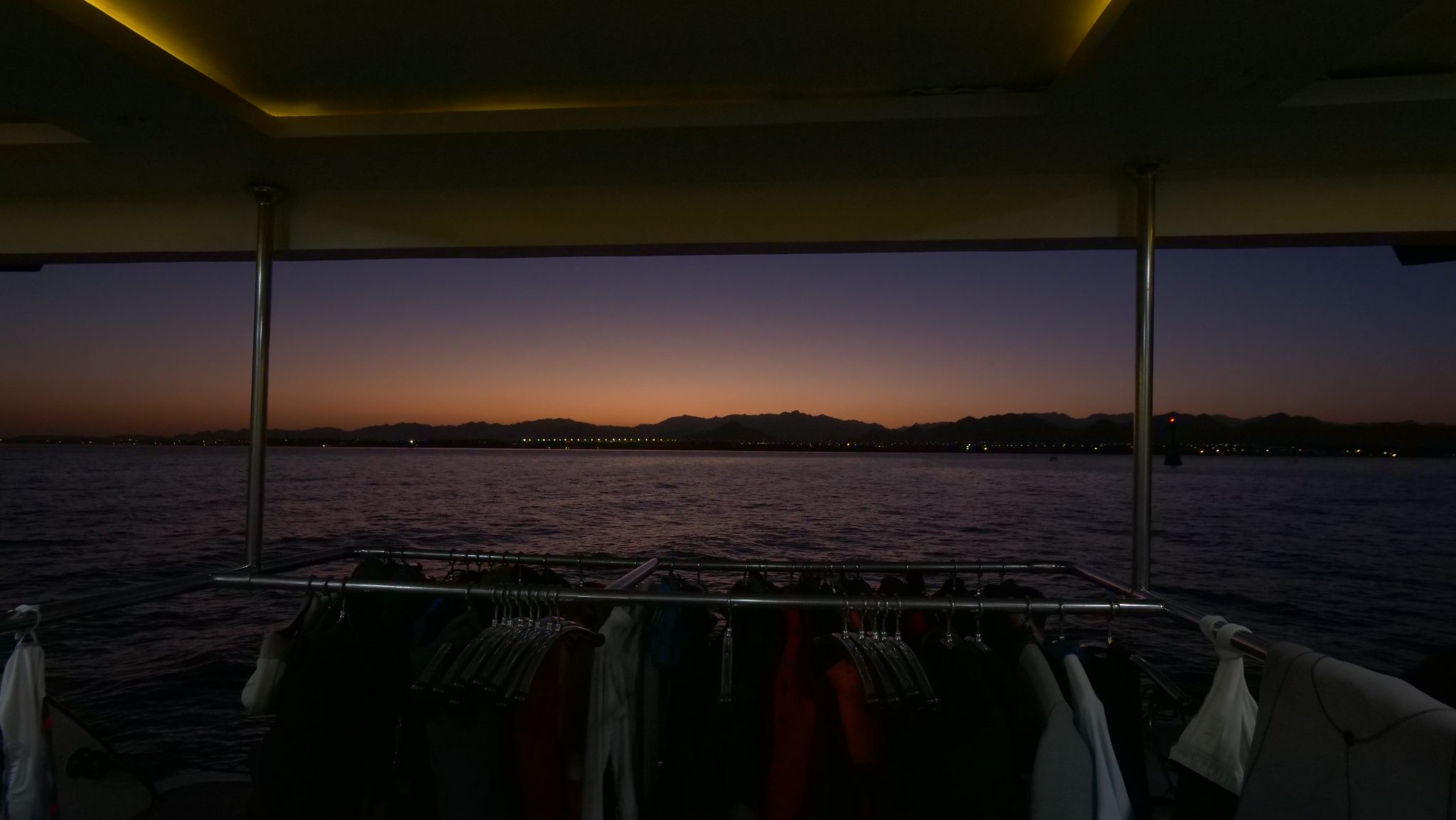
To find out more about the Northern Red Sea reef and wrecks itineraries aboard Ghazala Explorer, or to book, contact Scuba Travel now:
Email: dive@scubatravel.com
Tel: +44 (0)1483 411590
Photos: Jake Davies / Avalon.Red
-

 News3 months ago
News3 months agoHone your underwater photography skills with Alphamarine Photography at Red Sea Diving Safari in March
-

 News3 months ago
News3 months agoCapturing Critters in Lembeh Underwater Photography Workshop 2024: Event Roundup
-

 Marine Life & Conservation Blogs2 months ago
Marine Life & Conservation Blogs2 months agoCreature Feature: Swell Sharks
-

 Blogs2 months ago
Blogs2 months agoMurex Resorts: Passport to Paradise!
-

 Blogs2 months ago
Blogs2 months agoDiver Discovering Whale Skeletons Beneath Ice Judged World’s Best Underwater Photograph
-

 Gear Reviews3 months ago
Gear Reviews3 months agoGear Review: Oceanic+ Dive Housing for iPhone
-

 Marine Life & Conservation2 months ago
Marine Life & Conservation2 months agoSave the Manatee Club launches brand new webcams at Silver Springs State Park, Florida
-

 Gear Reviews2 weeks ago
Gear Reviews2 weeks agoGEAR REVIEW – Revolutionising Diving Comfort: The Sharkskin T2 Chillproof Suit















